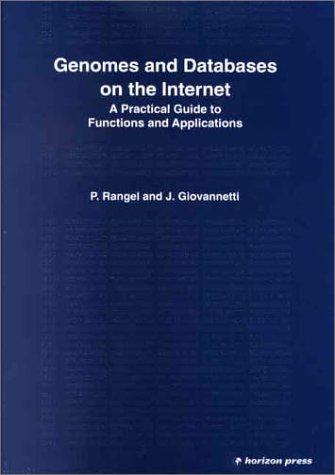Question
Do not copy previous questions they are incorrect please attach screenshots and output (Including print functions) While Python provides the built-in list type for constructing
Do not copy previous questions they are incorrect
please attach screenshots and output (Including print functions)
While Python provides the built-in list type for constructing and managing mutable sequences, many languages do not provide such a structure, at least not as part of the language itself. To help in further understanding how Pythons built-in list works, implement the Vector ADT using the Array.array class implemented in the chapter. Your implementation should produce a mutable sequence type that works like Pythons list structure. When the underlying array needs to be expanded, the new array should double the size of the original. The operations that can be performed on the ADT are described below.
Vector(): Creates a new empty vector with an initial capacity of two elements. length (): Returns the number of items contained in the vector. contains ( item ): Determines if the given item is contained in the vector. getitem ( ndx ): Returns the item stored in the ndx element of the list. The value of ndx must be within the valid range. setitem ( ndx, item ): Sets the element at position ndx to contain the given item. The value of ndx must be within the valid range, which includes the first position past the last item. append( item ): Adds the given item to the end of the list. insert(ndx, item): Inserts the given item in the element at position ndx. The items in the elements at and following the given position are shifted down to make room for the new item. ndx must be within the valid range. remove( ndx ): Removes and returns the item from the element from the given ndx position. The items in the elements at and following the given position are shifted up to close the gap created by the removed item. ndx must be within the valid range. indexOf( item ): Returns the index of the vector element containing the given item. The item must be in the list. extend( otherVector ): Extends this vector by appending the entire contents of the otherVector to this vector. subVector( from, to ): Creates and returns a new vector that contains a subsequence of the items in the vector between and including those indicated by the given from and to positions. Both the from and to positions must be within the valid range.
Step by Step Solution
There are 3 Steps involved in it
Step: 1

Get Instant Access to Expert-Tailored Solutions
See step-by-step solutions with expert insights and AI powered tools for academic success
Step: 2

Step: 3

Ace Your Homework with AI
Get the answers you need in no time with our AI-driven, step-by-step assistance
Get Started


